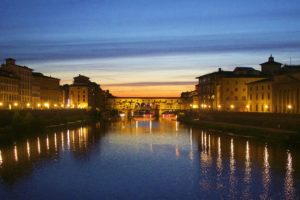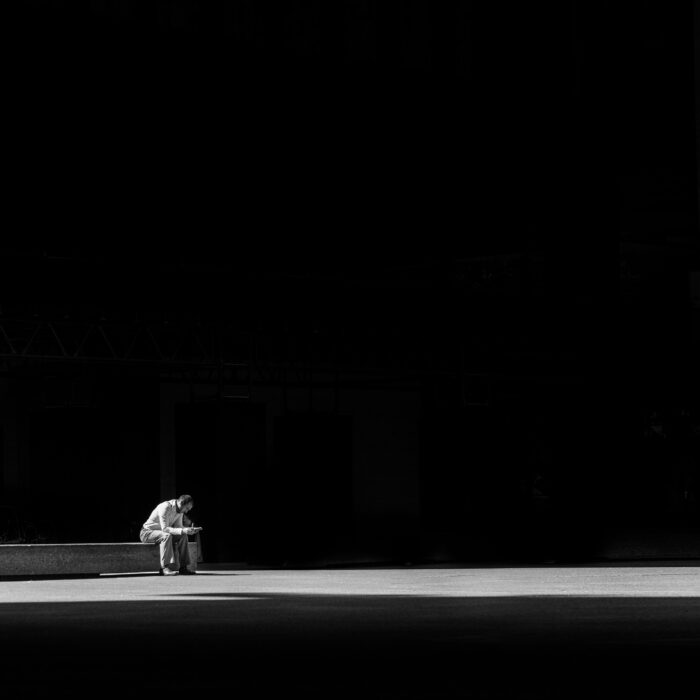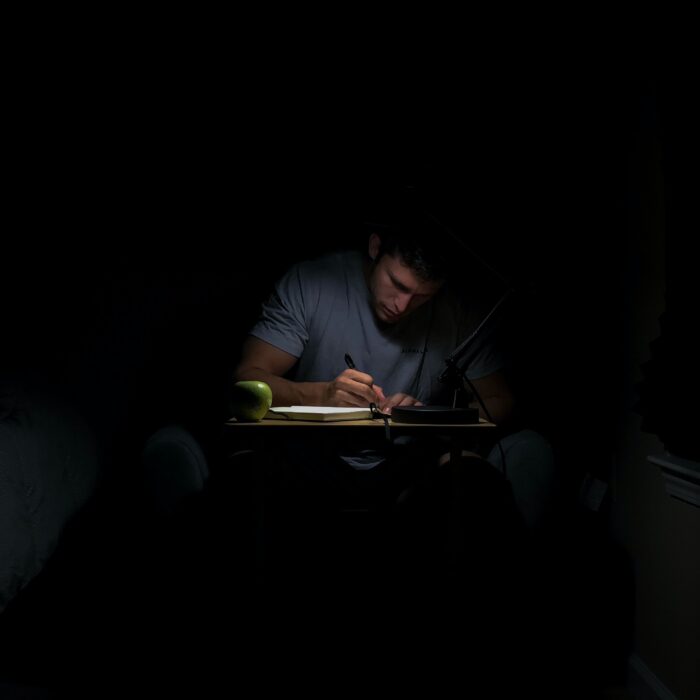You have no items in your cart. Want to get some nice things?
Go shopping
Florence is better at night, at least for the six months of summer. All tourists over thirty retreat to their hotel rooms, the citizens and the renegades emerge, and suddenly the city is no longer a museum: less teeming, true, but livelier. People are out and about because they want to be; not, like my countryman buckling under the afternoon sun, because they feel that they ought to be. I often catch myself wishing guiltily that Florence might always live in the small hours, and if these 22 degrees centigrade could also somehow continue, that would be very nice too.
For me, the colony of lights that speckle the midnight city is always preferable to the monarchic blaze of the summer sky. Florence wilts even the most devoted Aztec, who soon learns why the natives have fled their cauldron in the Arno valley and gone to the beach. Hide thou thy hated beams O Sun: Handel is speaking for all of us come June, when a cloudless day promises a sleepless night of tossing and turning in our superheated garrets like Casanova in the lead-lined dungeons of the Doge’s Palace.
Rather than go to bed, then, I climb to the Piazzale Michelangelo for the famous Florence cityscape. The camera will never do it justice: only by standing or sitting in the Piazzale at night can you pick out coniferous silhouettes in the neighbouring Bardini gardens, a Birnam Wood looming over a Mediterranean Dunsinane. In the absence of colour we rely on mass, and so it is, perversely, that night accentuates the surrounding countryside and makes me feel that I am in Tuscany but not quite in Florence.
What I am in, really, is a natural amphitheatre, and centre stage is the Cathedral of Santa Maria del Fiore, better known as the Duomo, a galleon sitting high in the waterline of surrounding rooftops. I am at the heart of something, I know that: Lucca and Pisa downstream, Siena behind me to the south. The wonderful Faentina railway cuts north-east through the shaggy Apennines and comes out on the plains of Emilia-Romagna. We are far from the sea, and yet a few days ago, crossing the Ponte alla Carraia, I could have sworn to a pinch of salt in the warm west wind that blew upstream.
My way home often takes me through the Uffizi loggia, especially at weekends. It was designed by Giorgio Vasari, whose Lives of the Most Eminent Painters, Sculptors and Artists earned him the title of history’s first art historian. Statues of famous Florentines people the niches, almost all by different sculptors, almost all stylistically indistinguishable, and one concludes that even in the nineteenth century the people of Florence made sculptures as easily as they made bread, and rather better. There’s Dante, glaring his displeasure; there’s Petrarch, fondling his right cheek as if he were in a Gillette advert; Machiavelli, diabolically stroking his chin. And there is gentle Santo Antonino, the most human and humane of these illustrious faces, one of the few whose eyes have pupils.
Walk through this pantheon at midnight and you have a good chance of catching a performance from a clarinet quintet, whose music gently takes you by the shoulders and says, why not sit for a few minutes? The first violinist, I note with pleasure, is of Indian or Pakistani origin – what an Indian-American friend of mine would be allowed to call a Desi – a rare example of a non-white person who seems fully integrated into an Italian social group and even in a position of leadership. He plays fast legato, largely in the top third of the bow like a fiddle player. Classic FM though their repertoire may be – Vivaldi’s Four Seasons is a staple – they animate the loggia with a sizeable audience.
The statues are always there, the quintet is fairly reliable, but sometimes the Uffizi loggia throws up a surprise. Walking through in the small hours a Saturday night, on the home stretch of a lonely gita around the city, I noticed an open door and a massive reclining statue in a brightly lit room full of people. I gingerly stepped in, and nobody seemed to mind. The colossal supine was a second-century B.C. Ariadne Sleeping, which is perhaps what I should have been doing at that hour, but there was nothing in the aspect of the visitors to suggest that it was two o’clock in the morning. Such was her size, I wouldn’t have wanted to be there when she awoke to find Theseus gone.
She is the centre of the room, but not the centrepiece. Everybody is occupied with three enormous canvasses, two of them reconstructions of the other, which looks more like a mosaic than a painting. It is, I learn, Bartolomeo Manfredi’s newly restored I giocatori di carte (The Card Players), and its ruin was a Mafia car bomb that disembowelled the city exactly twenty-five years ago, at 1:04 on May 27th 1993. Five were killed.
I wish that the reproductions could have waited in another room, and that I could have seen the decimated original first. I wish that I could have had a go at making out the gamblers and their entourages: the squire, ready with a cunning plan, tugging at his master’s sleeve, or the bearded elder on the left who keeps his thoughts to himself. The shadow of Caravaggio looms large in the seedy chiaroscuro setting, a murky hideout for those driven underground by Counter-Reformation severity. Eleven months it took Daniela Lippi to arrange the surviving flakes into a skeleton which the reconstructions flesh out, and a beige void still gapes in the centre. But had it not been for the Culture Against Terror crowdfunding campaign, we would have nothing of it at all.
No good happens after two in the morning, they say. In Newcastle, the closest thing I have to a hometown, the curfew falls about four hours earlier: after 10pm it lives up to Alan Bennett’s description of “all vomit and love-bites”. It’s past two in Florence, and about fifty bright-eyed, well-dressed civilians are circling a wing of the Uffizi, celebrating the resurrection of a masterwork, the triumph of craft over violence. If only restoration were always possible.




